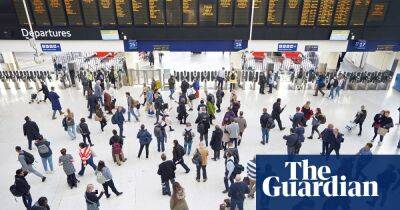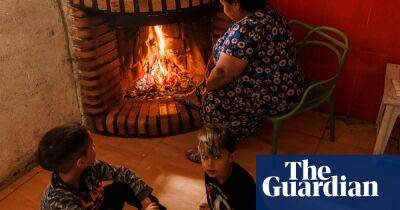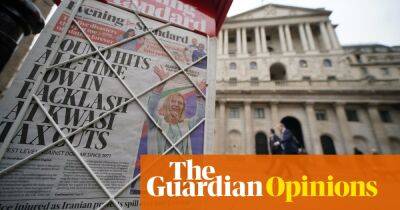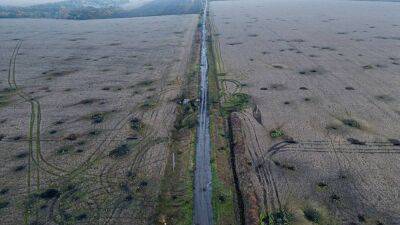Energy bills will eat up as much as 32% of budget for poorest under Truss freeze
The move to freeze energy bills at an average of £2,500 a year means the poorest households will see as much as 32% of their entire budget going on gas and electricity, though the previously announced £400 discount will help relieve some of the financial pain, figures produced for the Guardian show.
However, up to 47% of their total budget would have been swallowed up by energy bills if Ofgem’s price cap had leapt 80% to £3,549 a year in October, as was originally planned.
The latest calculations were done by the investment platform Interactive Investor on Thursday after the government’s announcement of a bailout, and are based on figures from the energy regulator and family spending data from the Office for National Statistics.
Interactive Investor originally crunched the numbers on 26 August, the day the Ofgem announced the £3,549 price cap. On Thursday, the platform reran the calculations to reflect the bailout.
Alice Guy, a personal finance expert at Interactive Investor, says that while many Britons will breathe a sigh of relief, a lot of families will end up paying more, or less, than the £2,500 figure in the headlines. The cap is what an household consuming the average amount of energy on a dual-fuel tariff would pay. Larger households and those with bigger or poorly insulated properties consume more energy and could end up paying perhaps £3,400 or more, she adds.
The recalculated figures can be compared against ONS family spending data for 2021, when energy spending accounted for 8% of the total household budget for those in the poorest decile of the population, 6% for those on middle incomes (the fifth income decile) and 3% for the richest households.
The recalculations show that for those in the bottom-income group,
Read more on theguardian.com




















